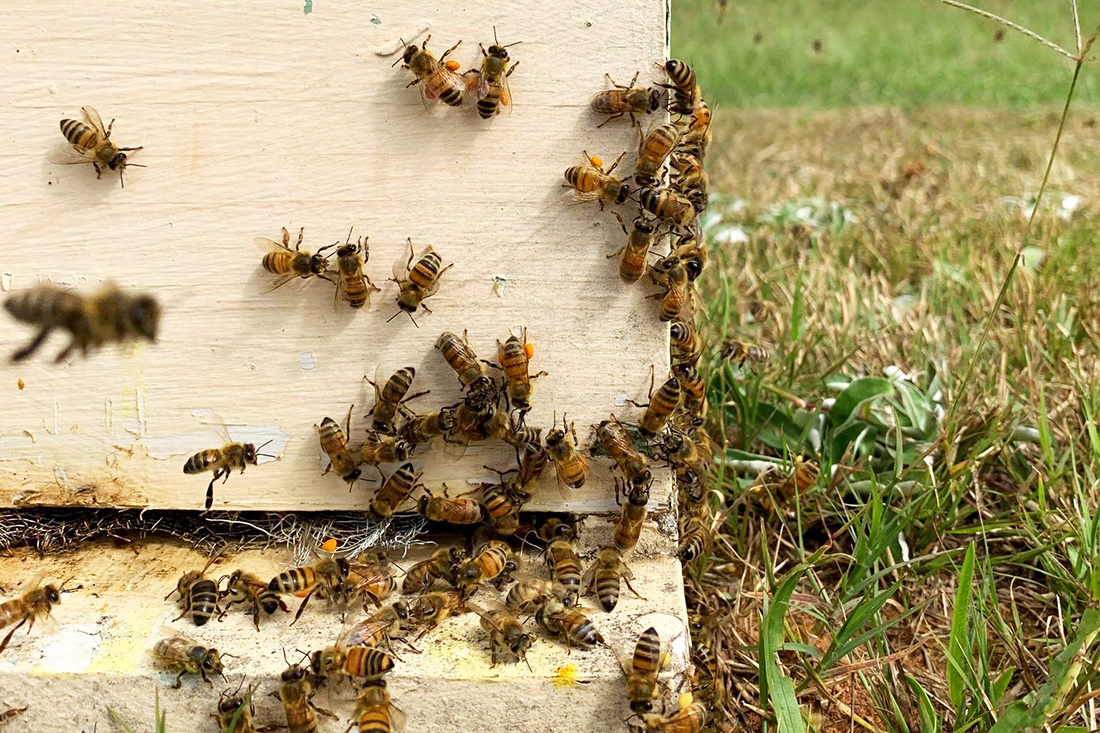Cold, unstable weather through December and January has taken a toll on the state's valuable Vidalia onion crop. Experts say the crop will be late, possibly smaller than normal and in short supply.
"Because the weather was so rough in December, the onions didn't really grow until mid-January," said Reid Torrance, Tattnall County Extension Service coordinator with the University of Georgia College of Agricultural and Environmental Sciences.
"It has the crop behind," Torrance said. "We won't be in full swing of harvest until the first week of May. So, we're hoping we have good weather for the next few weeks to size the bulbs up. We're still optimistic that we'll have a good crop. But it's going to be short."

According to the Georgia Department of Agriculture, Vidalia onion growers planted 14,387 acres of this year's crop. That's down a little more than 1,000 acres from last year.
"Yields off those acres usually average 200 hundredweight per acre," Torrance said. "Last year it was 255 hundredweight per acre -- a 25 percent increase over our long-term average, and the biggest crop we've ever made. We will be off anywhere from one-third to half of that (record) yield this year."
Short Crop, Good Market
On the heels of last year's bumper crop of onions, the news isn't all bad for onion marketers. A short market usually equals higher prices. Fewer acres coupled with at least a 15-percent to 20-percent loss in yields should make for a favorable Vidalia onion market.
"My guess is we will be 30 percent off what we shipped last year at the best," Torrance said. "And it could be closer to 50 percent off. From here on out, it will all depend on the weather."
Vidalia onions require even temperatures and good soil moisture to grow.
"We need the good stable temperatures like we are getting this week," Torrance said. "We've been riding this roller coaster of up-and-down temperatures. Last week I had to wear a jacket. Onions don't grow when it's jacket weather. What they're projecting for the next week is just what we need."
It's those temperature swings that delayed the crop. It takes even, warm temperatures to promote bulbing in onions.
"If it gets too hot, the tops will fall over and the bulb stops growing," Torrance said. "If that happens, we'll get a lot of medium onions and few jumbos. We need some help from Mother Nature with some rain to keep the tops stiff, too. If they get stressed, they'll fall over and won't size up."
Good Weather, High Quality
While the short crop will likely bring higher prices for growers, it also means higher prices for shoppers. The good news for both is that Torrance also expects a high-quality crop.
"Traditionally, bacterial disease has been a terrible problem for us," he said. "It has probably been our worst enemy over the past four or five years. This year, though, I see the least amount of bacteria ever. Even this late in the season, you just don't see any."
Vidalias are subject to two bacterial threats: warm-weather bacteria and cold-weather bacteria. Both have been nearly nonexistent this year.
"We do have one warm-weather bacterium that usually hits us in April," Torrance cautioned. "And it has hit us for the past four or five years. Hopefully, that won't happen. We'll be digging onions in the next few weeks. We're very happy about it."






